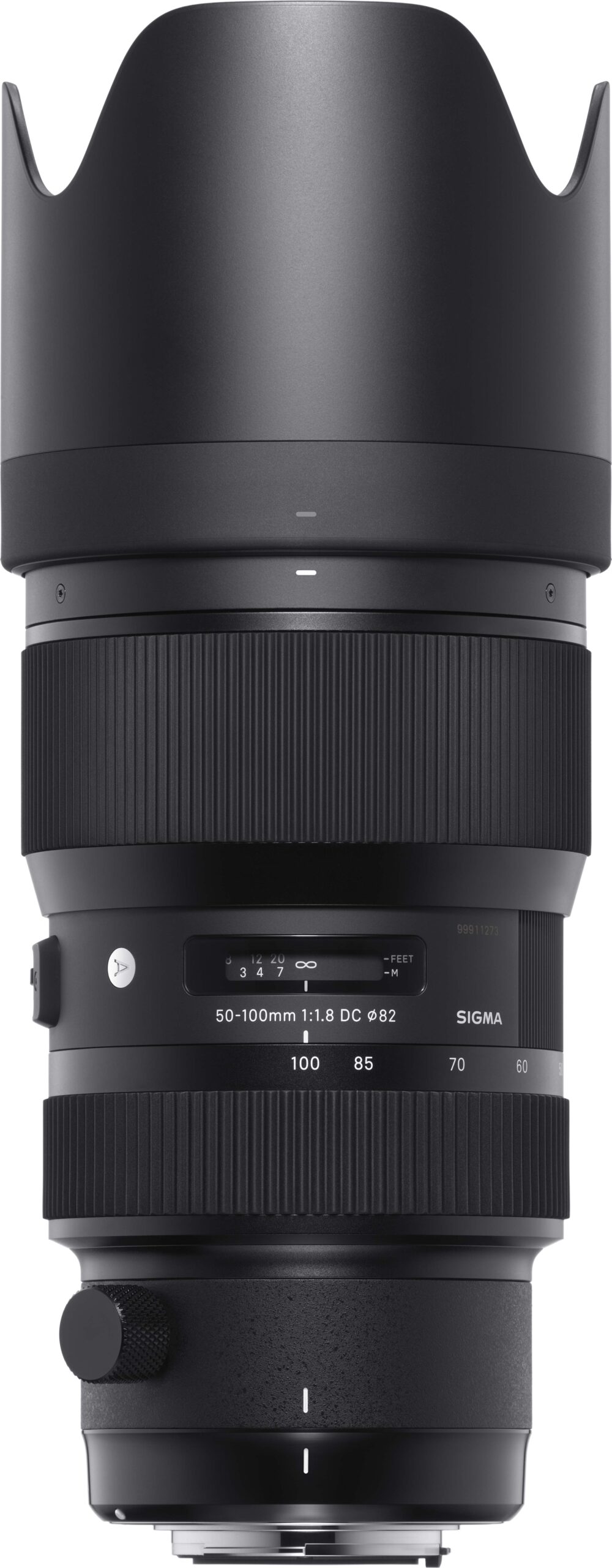The degree to which light is refracted by glass depends on the light’s wavelength. This fact causes different colors of light to focus at slightly different points. The result is chromatic aberration, the color fringing that is particularly noticeable in telephoto lenses. Most chromatic aberration can be removed by combining a high-refractivity convex lens element with a low-refractivity concave element. Yet residual chromatic aberration known as “secondary spectrum” may still remain. To minimize this secondary spectrum, which can be a serious issue with conventional lenses, SIGMA lenses feature up to three types of exclusive low-dispersion glass offering superior performance: ELD (Extraordinary Low Dispersion), SLD (Special Low Dispersion) and FLD (“F” Low Dispersion). In particular, FLD glass offers ultra-low dispersion in combination with high transmittance and the anomalous dispersion characteristics of fluorite. Meticulous deployment of these types of exclusive low-dispersion glass and optimization of power distribution gives SIGMA lenses superlative image rendition undiminished by residual chromatic aberration.
A mid-tele zoom lens delivers prime lens-level image quality with a large F1.8 aperture throughout the zoom range.
An APS-C format mid-tele zoom lens offering a large F1.8 aperture throughout the zoom range.
SIGMA was determined to create a zoom lens that offers the same brightness and resolution as a fixed focal length lens: in other words, the highest level of optical performance and expressive power. The first result of this challenge was the SIGMA 18-35mm F1.8 DC HSM | Art. In addition to fulfilling the exacting requirements of SIGMA’s Art line, this lens was the world’s first APS-C zoom for DSLRs to offer a constant F1.8 aperture value throughout the zoom range. Building on this concept, SIGMA has developed the new SIGMA 50-100mm F1.8 DC HSM | Art lens, a large-diameter mid-range telephoto zoom lens. While offering even greater brightness than a F2.8 telephoto zoom, this lens covers the focal lengths of three prime lenses in one package: 85mm F1.8, 105mm F1.8, and 135 mm F1.8 (35mm equivalent). A true game-changer, this lens is ideal for portraits with subtle bokeh effects and more, and it sets a new standard for zoom lens image quality.
Additional information
| Number of Diaphragm Blades | 9 (rounded) |
|---|---|
| Mininum Aperture | f16 |
| Maximum Magnifications | 1:6.7 |
| Lens Mounts | Canon EF-M Mount, Nikon F Mount |
| Lens Construction | 21 Elements in 15 Groups |




